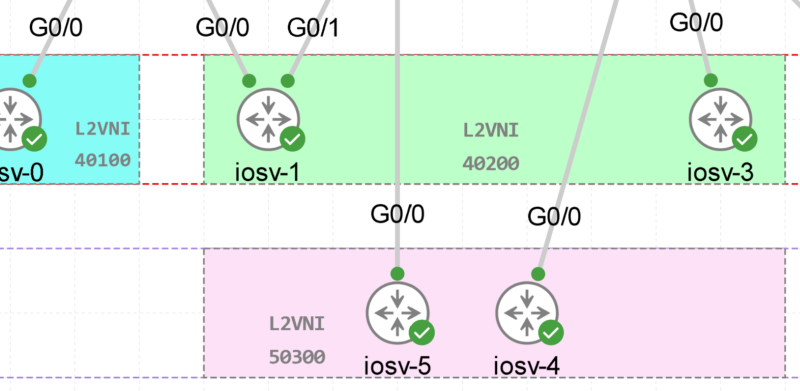Configure Right To Use (RTU) Licenses on Cisco Router and switch [Explained]
Contents
What is a Right To Use (RTU) License
A Right to Use license scheme is an honor-based model for licensing. Licenses are not tied to a unique device identifier (UDI), product ID, or serial number.
Right-to-use (RTU) licensing allows you to order and activate a specific license type and level, and then manage license usage on your switch.
The types of licenses available to order are:
• Permanent licenses: Purchased with a specific feature set with no expiration date.
• Evaluation licenses: Pre-installed on the switch and is valid for only a 90-day in-use period.
The evaluation license is turned on when the customer accepts EULA. After the evaluation license period is over, the license automatically turns into RTU. A permanent license is when a factory or customer installs the PAK. (Cisco Community)
To activate a permanent or evaluation license, you are required to accept the End-User License Agreement (EULA). For the evaluation license, you are notified to purchase a permanent license or deactivate the license before the 90-day period expires.
A permanent license can be moved from one device to another. To activate a license, you must reboot your switch.
An evaluation license is a manufacturing image on your switch and is not transferable to another switch. This type of license cannot be reactivated after a reboot.
Right-To-Use License Types
Right-to-use imaged licenses support a set of features based on a specific image-based license:
• LAN Base: Layer 2 features.
• IP Base: Layer 2 and Layer 3 features.
• IP Services: Layer 2, Layer 3, and IPv6 features. (Applicable only to switches and not controllers.)
The default image-based license is LAN Base
Right-To-Use License States
Active, In Use: EULA was accepted and the license is in use after the device reboot.
Active, Not In Use: EULA was accepted and the switch is ready to use when the license is enabled.
Not-Activated: EULA was not accepted
RTU (right-to-use) Licenses Configuration
The RTU configuration can be achieved in 2 steps:
Step-1: Activate the right-to-use license type:
- Syntax:
license right-to-use activate{ipbase |ipservices | lanbase} {all | evaluation all } [slot slot-number] [
acceptEULA]- Right to use license activation Example:
license right-to-use activate ipservices all acceptEULAAccept the EULA
It’s important that you accept the EULA to activate the license.
Step-2: Reload the switch/router or the line card:
To activate an RTU license, you have to reboot the router/switch or the specific line card.
- Syntax:
reload [ LINE | at | cancel | in | slot stack-member-number | standby-cpu ]
show license right-to-use usage [ slot slot-number ]- Example:
Router# reload slot 2Right to Use RTU license verification
After reboot, verify the the licenses state using the following command:
Switch# show license right-to-use summary
License Name Type Count Period left
-------------------------------------------------------
ipservices permanent 10 Lifetime
![Explore The BGP Path Selection Attributes [Explained with Labs]](https://learnduty.com/wp-content/uploads/2022/07/image-28-800x450.png)
